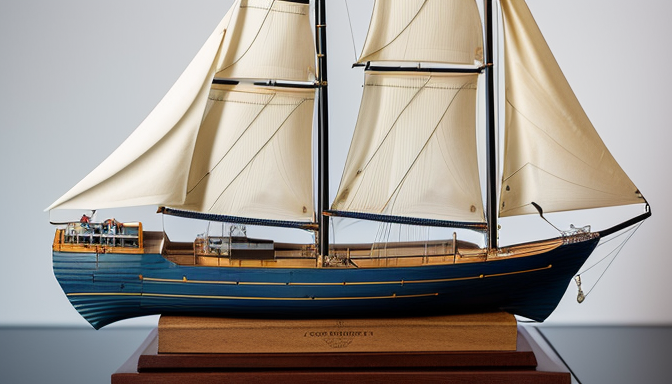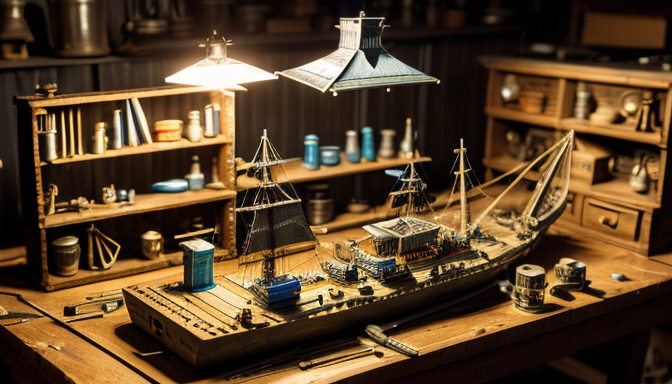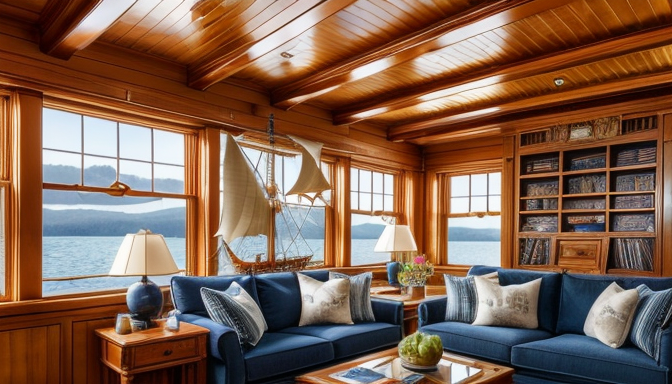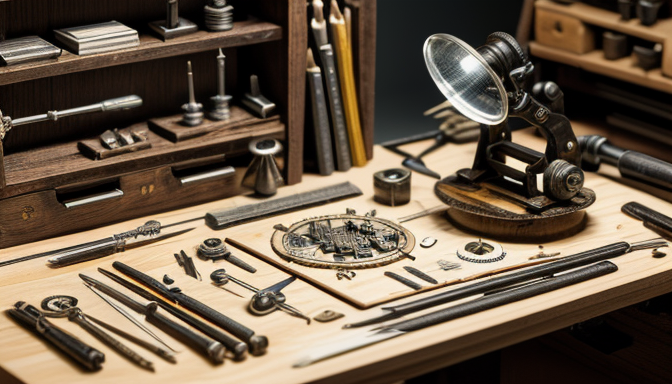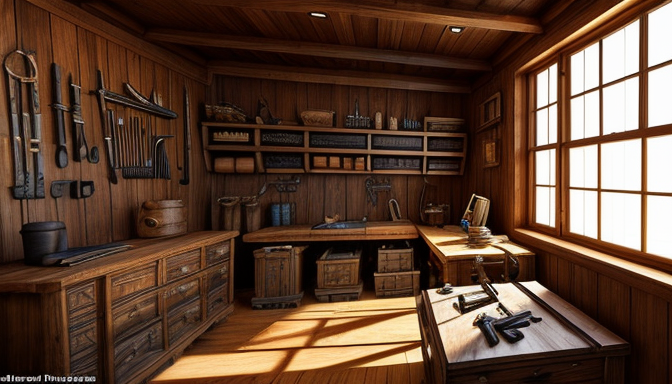The Secret Life of Model Ships: Stories Behind the Craft
Welcome aboard the captivating journey into the world of model ships! Have you ever marveled at the intricate details of a miniature vessel and wondered about the stories they hold? These tiny marvels are not just toys; they embody the passion and dedication of countless craftsmen who transform simple materials into stunning replicas of historical ships. From the classic wooden hulls to modern plastic kits, the variety of materials used in shipbuilding is astounding. Each model ship tells a unique tale, reflecting the history and artistry of its time.
Delving into the art of shipbuilding is like peeling back the layers of an onion. It starts with selecting the right materials – think wood, plastic, or even metal – each offering its own charm and challenge. The tools required are just as essential, from precision saws to delicate paintbrushes. The real magic happens when builders master techniques like planking and rigging, which breathe life into their creations. Imagine spending hours meticulously assembling tiny pieces, only to step back and see a beautiful ship come to life! It’s not just a hobby; it’s a labor of love.
Model ship design is deeply rooted in history. Each model is often inspired by real ships that have sailed the seas, from the majestic HMS Victory to the daring USS Constitution. These ships have stories that resonate with builders, fueling their creativity and passion. As collectors showcase their masterpieces, they celebrate the legacy of these vessels, ensuring that their tales are not forgotten. So, next time you see a model ship, remember that it’s not just a piece of art; it’s a piece of history waiting to be explored!
The Art of Shipbuilding
Creating model ships is not just a hobby; it’s an art form that requires precision, patience, and passion. Every model ship builder embarks on a unique journey, starting with the selection of materials that will eventually transform into a stunning replica of a historical vessel. From wood and plastic to metal and resin, the choice of materials can significantly influence the final product’s authenticity and durability.
Once the materials are chosen, builders must gather the right tools to bring their vision to life. Essential tools include:
- Craft knives for precise cuts
- Sandpaper for smooth finishes
- Glue for secure bonding
- Paints for adding realistic details
- Calipers for measuring accuracy
The shipbuilding process itself is a meticulous dance of technique and creativity. Builders often follow detailed plans or blueprints, but the real magic happens when they infuse their personality into the model. Whether it’s a grand sailing ship or a modern naval vessel, each creation tells a story that reflects the builder’s dedication and skill.
Moreover, many builders enjoy showcasing their work in local or national competitions, where their models are judged not only on craftsmanship but also on historical accuracy. These events serve as a fantastic platform for enthusiasts to connect, share tips, and inspire one another. So, whether you’re a seasoned builder or a curious newcomer, the world of model shipbuilding welcomes you with open arms and endless possibilities!
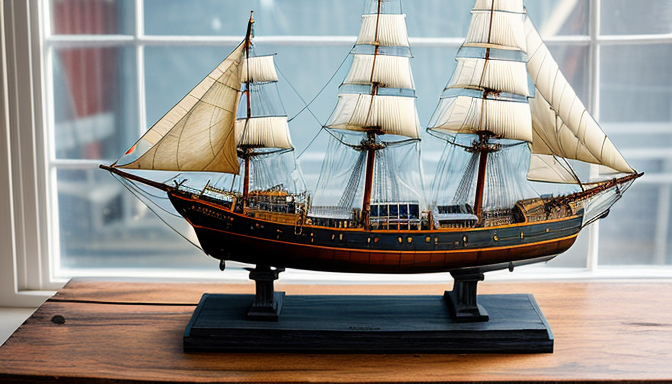
Historical Inspirations
When you think about model ships, what comes to mind? Perhaps it’s the intricate details of a 17th-century galleon or the sleek lines of a modern yacht. The truth is, each model ship tells a story, one that is deeply rooted in history. Builders often draw inspiration from famous vessels that have sailed the seas, leaving a legacy that continues to inspire creativity today.
Take the HMS Victory, for instance. This iconic warship, known for its pivotal role in the Battle of Trafalgar, has captured the hearts of many model ship enthusiasts. The meticulous craftsmanship involved in replicating such a historic vessel requires not just skill but also a profound respect for maritime history. As builders immerse themselves in the details—like the ship’s rigging and hull design—they’re not just creating a model; they’re reviving a piece of history.
Moreover, the stories behind these ships can be as captivating as the ships themselves. For example, the Mayflower symbolizes not just a journey but the very essence of exploration and courage. Each model crafted from this inspiration serves as a tangible link to the past, reminding us of the adventures that shaped our world.
In addition to famous ships, builders often utilize a variety of tools and materials to enhance their creations. From fine woods to intricate metal fittings, the choices they make can significantly impact the authenticity and durability of the model. Whether you’re a seasoned collector or just starting out, understanding these historical inspirations can greatly enrich your shipbuilding experience.
Frequently Asked Questions
- What materials are commonly used in model shipbuilding?
Model shipbuilders often use a variety of materials, including wood, plastic, metal, and resin. Each material offers unique characteristics and challenges, allowing builders to choose based on their skill level and the desired detail of the model.
- How long does it take to build a model ship?
The time it takes to build a model ship can vary widely. Some simple kits can be completed in a few days, while highly detailed models may take several months or even years. It really depends on the complexity of the design and the builder’s experience!
- Are there specific techniques for painting model ships?
Absolutely! Techniques like airbrushing, dry brushing, and wash techniques are popular among builders. Each method can enhance the ship’s realism and bring out intricate details, making your model truly stand out.
- Can beginners start building model ships?
Definitely! There are many beginner-friendly kits available that come with detailed instructions. Starting with simpler models allows newcomers to gradually learn the craft without feeling overwhelmed.
- What is the historical significance of model ships?
Model ships often serve as artistic representations of real vessels that played crucial roles in history. They help preserve stories of exploration, trade, and naval warfare, making them valuable both as collectibles and educational tools.
